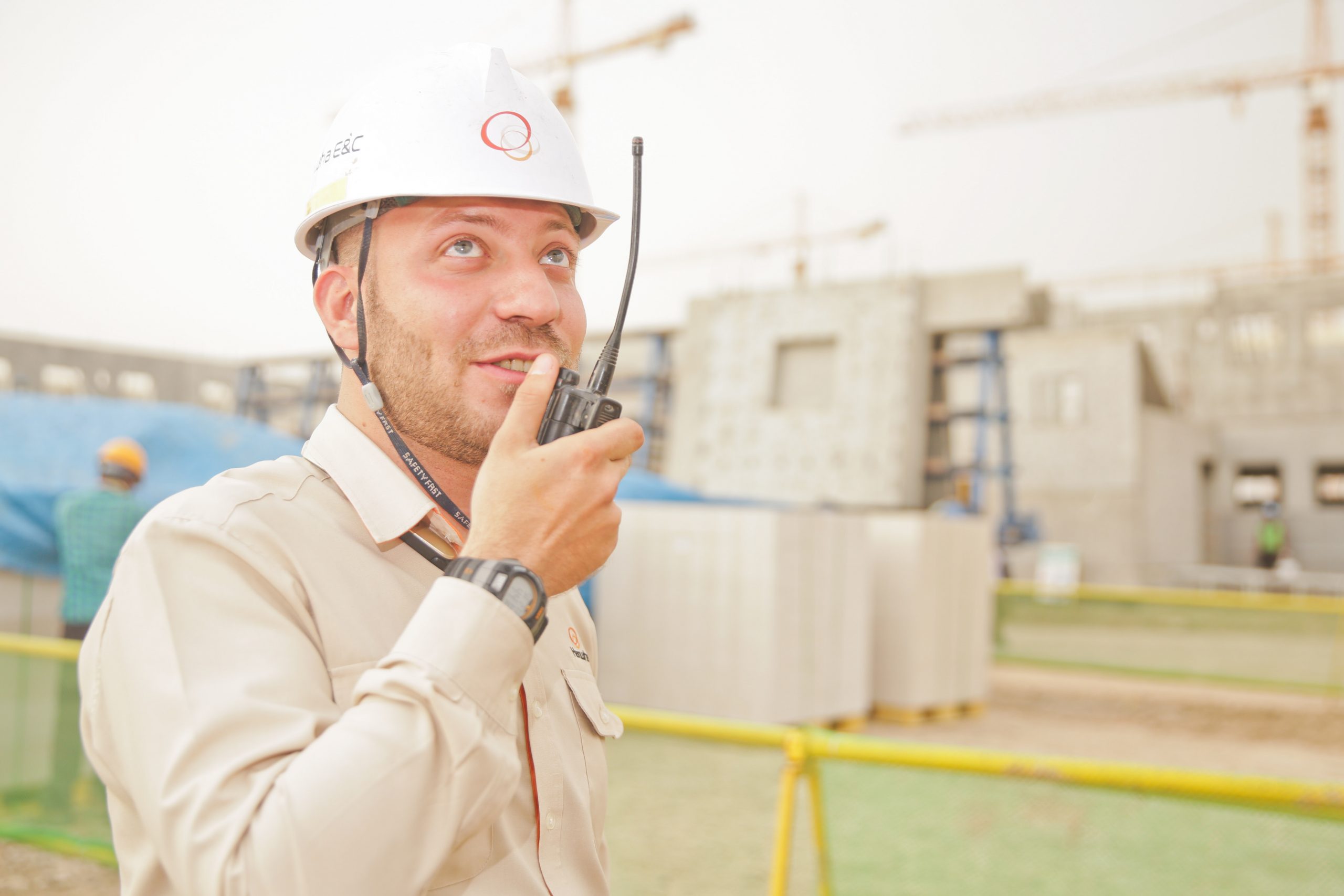Introduction
A walkie talkie antenna is a crucial component of any two-way radio system, directly impacting communication range, signal clarity, and overall performance. Whether you’re using a walkie-talkie for professional, recreational, or emergency purposes, selecting the right antenna can significantly enhance your experience. In this guide, we’ll explore different types of walkie talkie antennas, how they work, key factors to consider when choosing one, and tips for maximizing signal strength.
How Does a Walkie Talkie Antenna Work?
A walkie-talkie antenna transmits and receives radio waves, allowing for wireless communication over short or long distances. The efficiency of an antenna depends on its length, frequency, and surrounding environment. A properly tuned antenna can extend your communication range and improve clarity, especially in challenging terrains like urban environments, mountains, or forests.

Types of Walkie Talkie Antennas
There are several types of walkie-talkie antennas available, each designed for specific uses:
-
Rubber Duck Antenna
- Standard antenna that comes with most handheld walkie-talkies.
- Short and flexible, making it durable for everyday use.
- Limited range compared to other antenna types.
-
Whip Antenna
- Longer and more flexible than rubber duck antennas.
- Offers better signal reception and transmission.
- Ideal for outdoor and long-range communication.
-
Stubby Antenna
- Shorter than rubber duck antennas.
- Compact and convenient for close-range communication.
- Often used in security and business environments.
-
High-Gain Antenna
- Designed to increase signal strength and communication range.
- Ideal for use in rural areas and open environments.
- Can be external or extendable for better performance.
-
Directional Antenna
- Transmits and receives signals in a specific direction.
- Useful for long-distance communication in a fixed direction.
- Common in base stations and repeater systems.
Factors to Consider When Choosing a Walkie Talkie Antenna
Selecting the right antenna for your walkie-talkie depends on various factors:
- Frequency Compatibility
- Ensure that the antenna is compatible with the frequency range of your walkie-talkie (VHF or UHF).
- VHF antennas work best in open spaces, while UHF antennas perform well in urban areas with obstacles.
- Antenna Length
- Longer antennas generally provide better range and signal quality.
- However, longer antennas may be less convenient for handheld use.
- Gain Level (dBi Rating)
- High-gain antennas (e.g., 5dBi) offer better range but may have a narrower transmission pattern.
- Low-gain antennas (e.g., 2dBi) provide a more uniform signal but shorter range.
- Durability & Flexibility
- Choose an antenna that suits your usage conditions (e.g., flexible antennas for outdoor adventures and rugged use).
- Waterproof and shock-resistant antennas are ideal for extreme environments.
- Connector Type
- Ensure the antenna’s connector is compatible with your walkie-talkie model.
- Common connector types include SMA, BNC, and TNC.
Tips to Maximize Your Walkie Talkie Antenna Performance
Even with the best antenna, optimizing usage can enhance communication range and clarity:
- Position the Antenna Vertically: Keep your antenna upright for the best signal reception.
- Avoid Obstructions: Walls, buildings, and trees can weaken signals; move to an open area if possible.
- Use a High-Gain Antenna for Long Distances: If you need extended range, invest in a high-gain antenna.
- Check the Battery Power: A weak battery can reduce signal strength; always keep your walkie-talkie fully charged.
- Use a Signal Booster or Repeater: If operating in a challenging environment, a repeater can help extend your signal range.
Conclusion
A walkie talkie antenna plays a vital role in ensuring clear and reliable communication. By choosing the right type of antenna, considering frequency compatibility, and following best practices, you can significantly enhance your walkie-talkie’s performance. Whether you’re a security professional, outdoor enthusiast, or emergency responder, investing in a quality antenna will make a noticeable difference in your communication experience.






